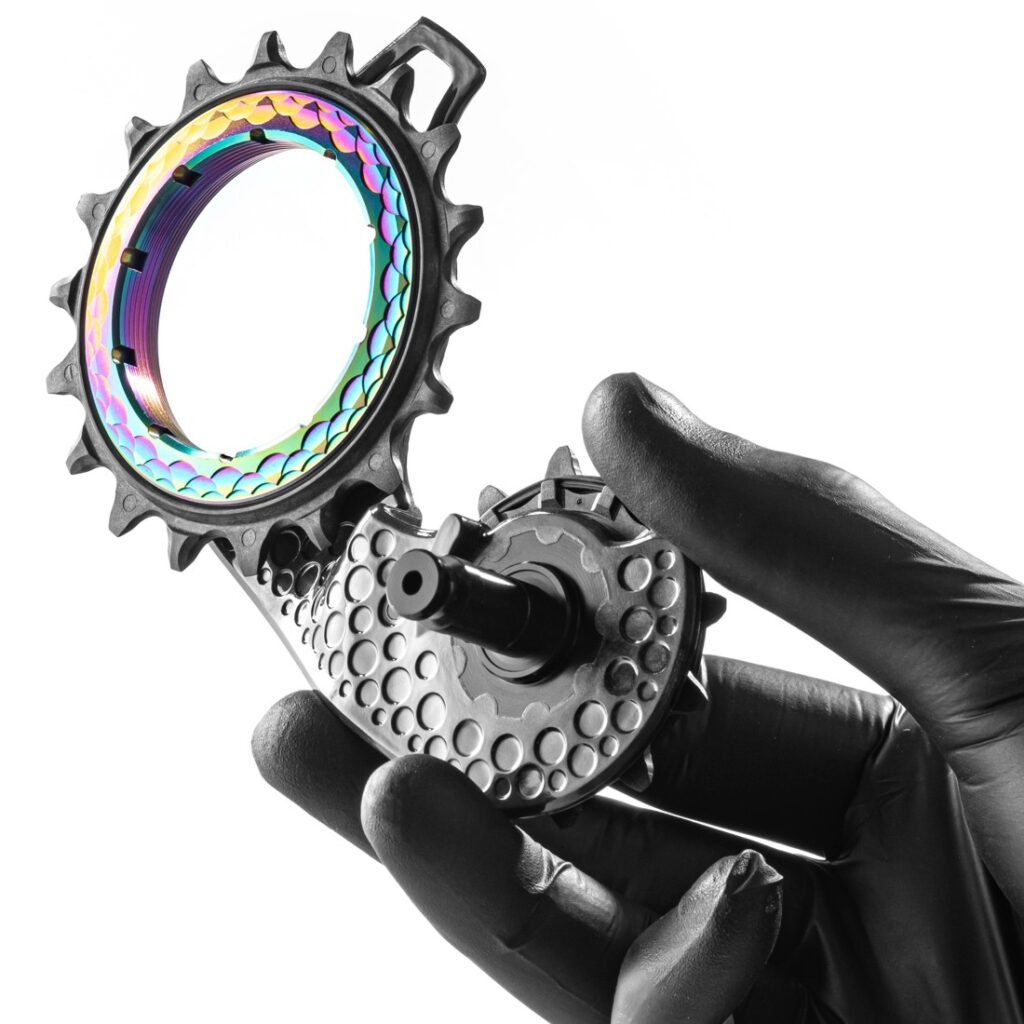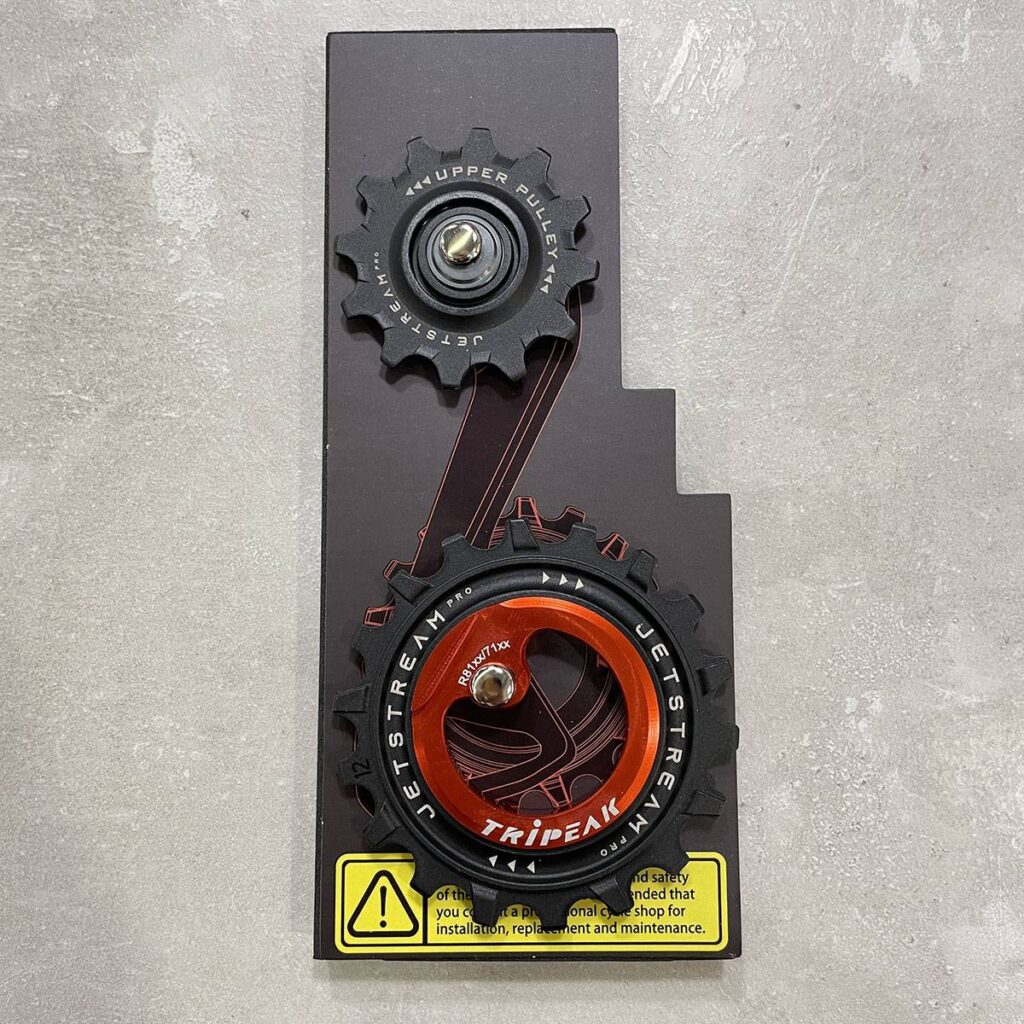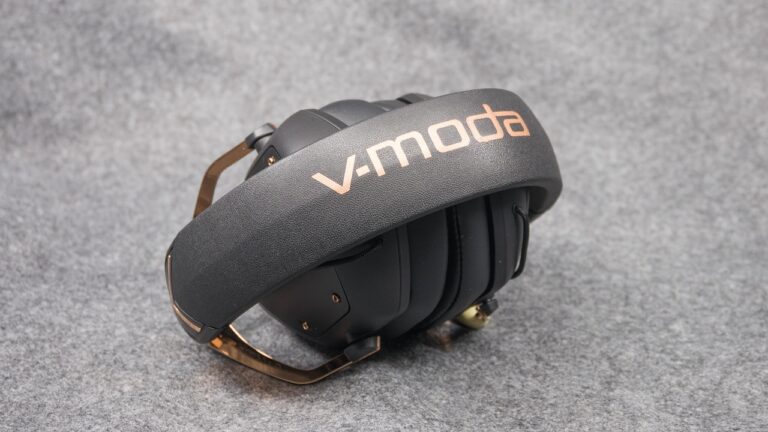Oversized Pulley Wheels: Standard vs Asymmetric
Cyclists chasing performance often explore Oversized Pulley Wheels (OSPW). These components promise better efficiency, smoother rides, and a premium look. But there’s more than one kind. Recently, asymmetric Oversized Pulley Wheels have gained attention. Are they better? Let’s break it down.
What Are Oversized Pulley Wheels?

Oversized Pulley Wheels replace your derailleur’s stock jockey wheels. Most bikes come with 11T or 12T pulleys. OSPWs upgrade them to larger sizes like 15T or 17T.
Why does this matter?
Larger pulley wheels reduce the angle at which your chain bends. Less bending means less friction. And less friction means improved drivetrain efficiency.
You’ll often see these upgrades on high-end road bikes, especially in time trials or long-distance races.
Benefits of Standard Oversized Pulley Wheels
There are clear reasons to choose standard OSPWs.
Lower friction: A smoother chain path reduces resistance.
Better efficiency: Especially noticeable during long efforts or at higher speeds.
Enhanced aesthetics: OSPWs add a high-performance look to your bike.
Quiet operation: A well-tuned OSPW system can make your drivetrain run more silently.
But there are downsides too.
Higher cost: Especially for ceramic-bearing models.
Installation tweaks: You might need to adjust the B-screw or chain length.
Marginal gains: Some riders may not notice a big difference.
What Are Asymmetric Oversized Pulley Wheels?
Asymmetric OSPWs take the idea further.
Instead of using two pulleys of the same size, they use different sizes — for example, 14T on top and 18T below. Why? To optimize chain flow.
The upper pulley handles shifting. It stays smaller for precision and clearance. The lower pulley, where the chain travels further, is larger to reduce more friction.

Benefits of Asymmetric Oversized Pulley Wheels
Here’s where asymmetric designs shine.
Even better friction reduction: Especially on the return path.
Optimized chain line: Better chain movement can mean smoother rides.
Unique design: Asymmetric OSPWs turn heads and look pro-level.
However, there are trade-offs.
Setup complexity: You’ll likely need more precise tuning.
Limited compatibility: Not all derailleurs support this layout.
Unproven benefits: Real-world gains can vary between riders and setups.
Oversized Pulley Wheels: Which Should You Choose?
Both systems aim to reduce drivetrain friction. Both enhance performance. However:
- Choose standard OSPW if you want balanced gains and easier setup.
- Try asymmetric OSPW if you chase every watt and enjoy tinkering.
Either way, Oversized Pulley Wheels are a worthy upgrade for riders seeking more from their bike. Watch this space – we’ll share a hands-on review soon.



